- Rat in winter
- Rat tracks in the snow
Rats are dangerous mammals. Neighborhood with them is fraught with spoilage of products, electrical wiring and even building materials. Rodents easily gnaw through foam, wooden structures, rats are trying to insulateconcrete. It is not always possible to identify the place of their settlements. By the appearance of rats it is not difficult to find out, but these animals are distinguished by caution, intelligence and lead a secretive lifestyle. Traces of rats in the snow have obvious differences from other small animals and it is possible to identify the culprit of prints from them. Investigation can be of real help in finding nests, as well as useful for rat hunters.
Paw structure
To learn how to recognize rodent tracks in the snow, it is worth a bit to remember zoology. The pelvic and thoracic limbs in the rat are five-fingered. But on the chest forefoot, the thumb is reduced and is a short stump. Therefore, it is usually believed that the thumb of the caudate is absent. When examining rat tracks, the fact of missing fingers should be taken into account.
The phalanges are separated by leathery membranes. There is no wool on the soles and palms. Occasionally they can be covered with a rare fluff. The limbs are strong and muscular, well developed, which allows you to gain decent speed while running and jump well.
What do paw prints look like in the snow?
The way the rat tracks look depends on the time of year, the speed of its movement, and its species. Most common rat species - it's a pasuk, gray rat crowded out throughout the European part black rat. In spring and autumn, it is quite difficult to consider the prints on the surface, unless the rodent got into the paint, any other dirty material or did its exercise on wet soil after rain. The most distinctive traces are left by the rat in the winter after the fallen snow.
If the pasik slowly minces, does not run away from anyone, then we can consider that the front footprints of the rat are four-fingered, the spaces between the fingers are quite large, which makes them seem slightly spread out. The size of the track is approximately 2x1.5 cm. The back prints are much larger than 2x2 cm, five-fingered. Photos of the tracks of a rat in the snow clearly demonstrate what prints remain after the mammal.
A slowly moving individual in the snow will leave behind a thin chain. If it runs away, then the distance between the prints greatly increases and can be up to half a meter, which is due to the length of the jump. From time to time you can observe subtle touches from long tail rats.
On a note!
Traces of small rodents such as forest mice, field voles less clear and close to each other. In Pasyuki, paws are pressed to surfaces with greater force, which is why their prints are clear, but due to the peculiarities of movement, the interval between them is longer.
If you are lucky, repeating the rodent's route along its paw prints, a nest will be found. Usually shelters are located under fallen leaves, in places sprinkled with all sorts of unnecessary things, trash. The entrance to the hole is about 5 cm in diameter. To make sure that this is a living nest is quite simple. Put a folded newspaper in it and leave for a day. If we are next day, the paper will be wrinkled, nibbled, then we can safely conclude that life is boiling in the hole and take measures to expel or destroy rats.
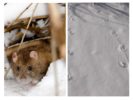
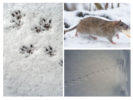
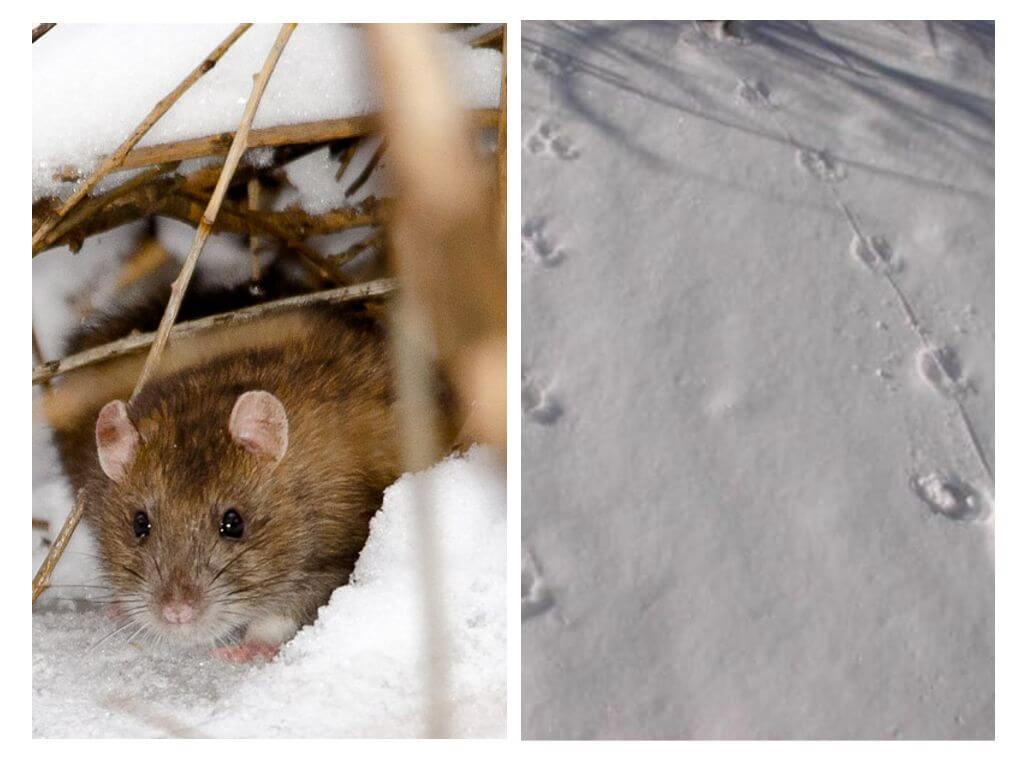
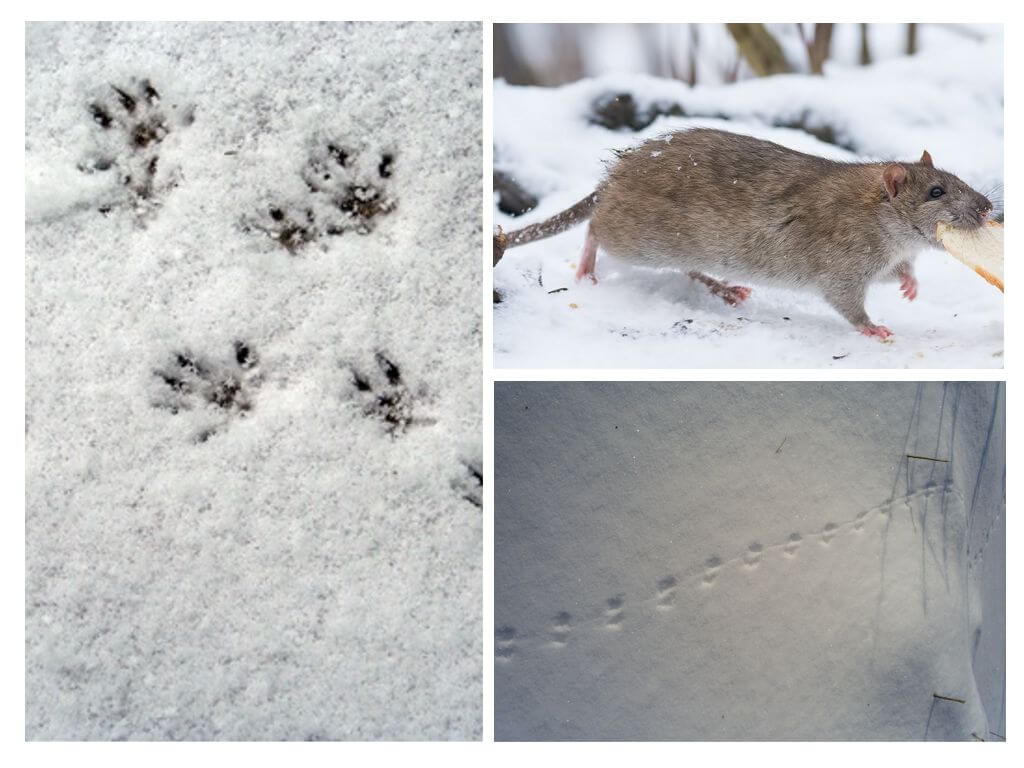
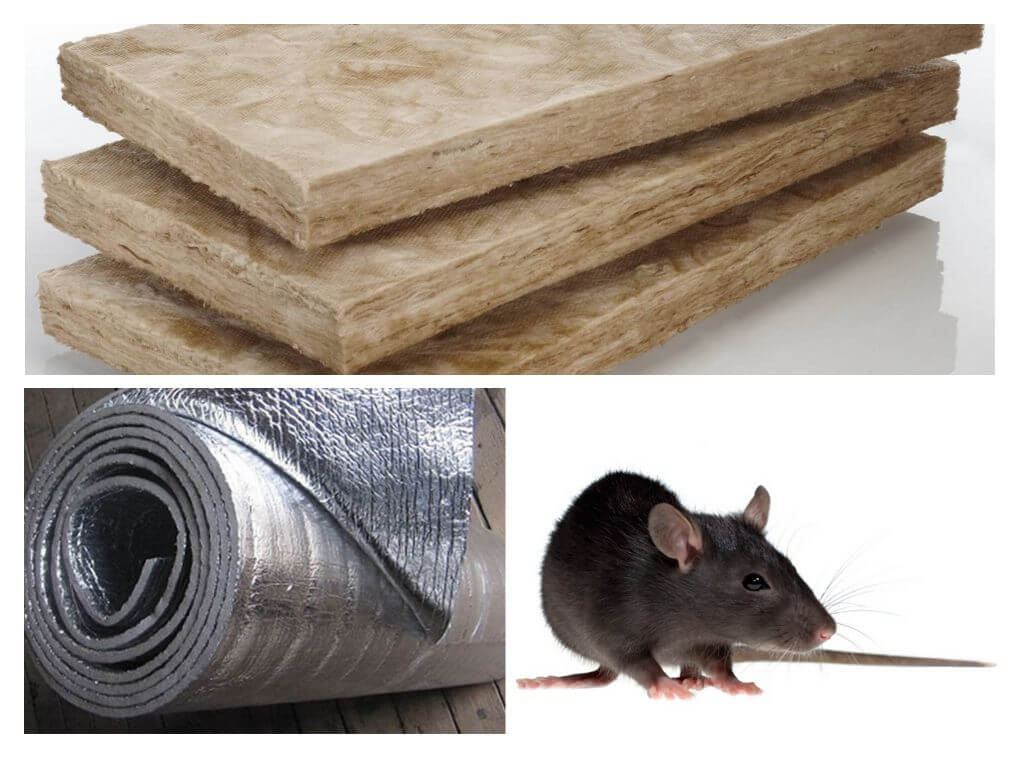
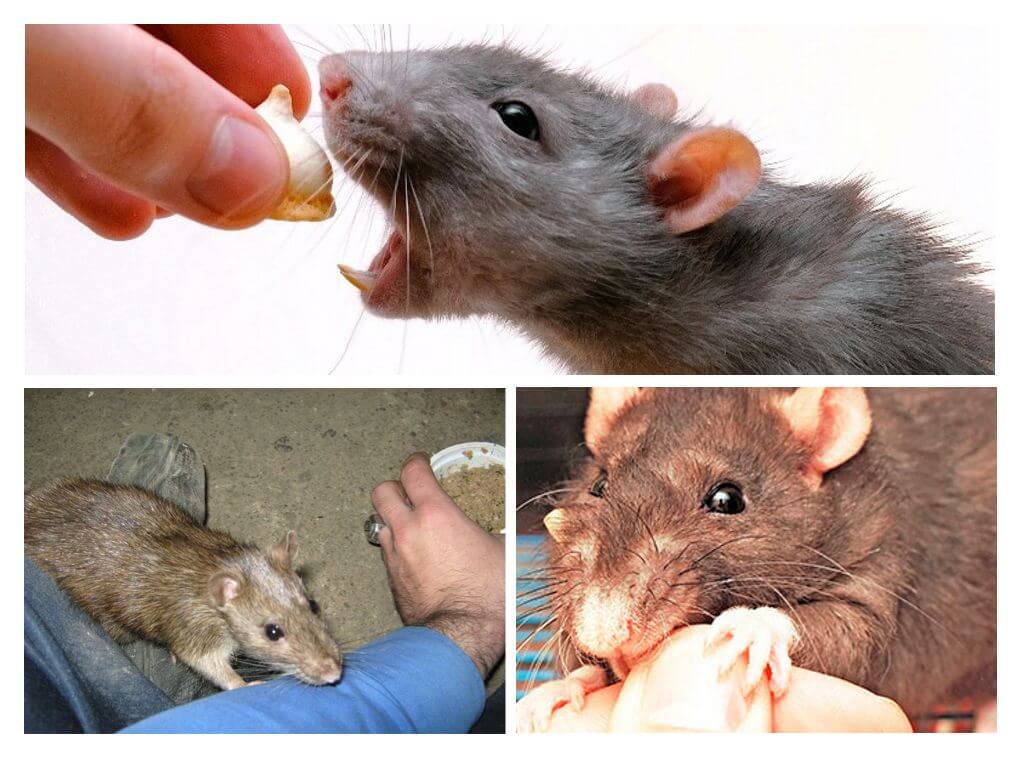
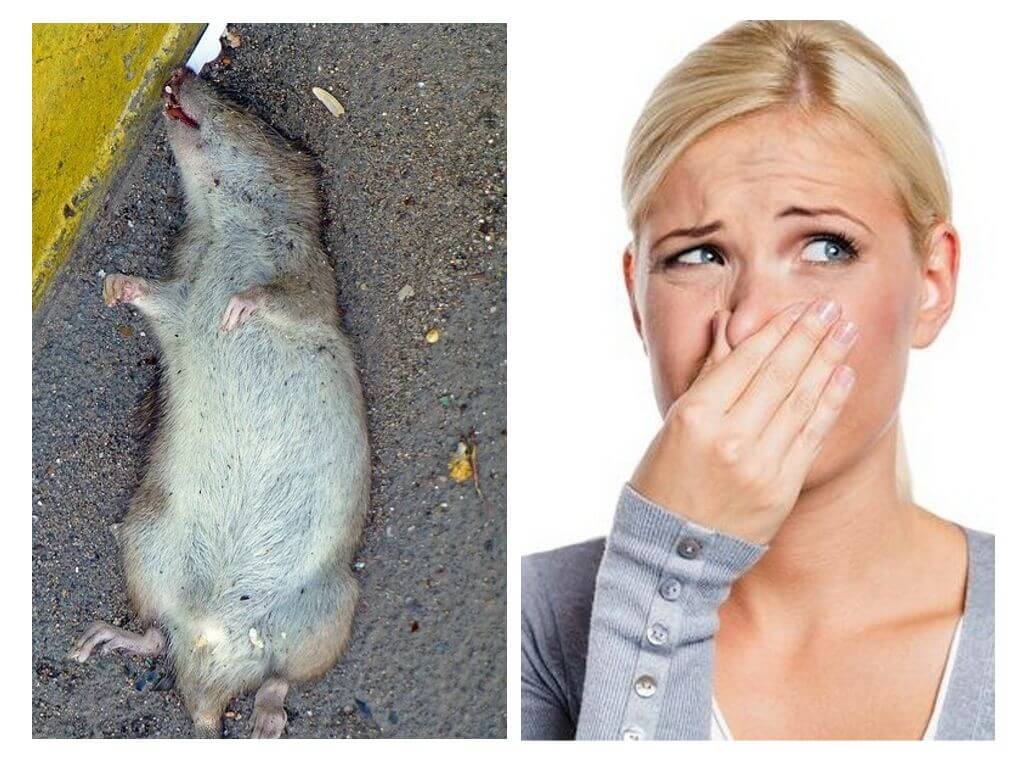
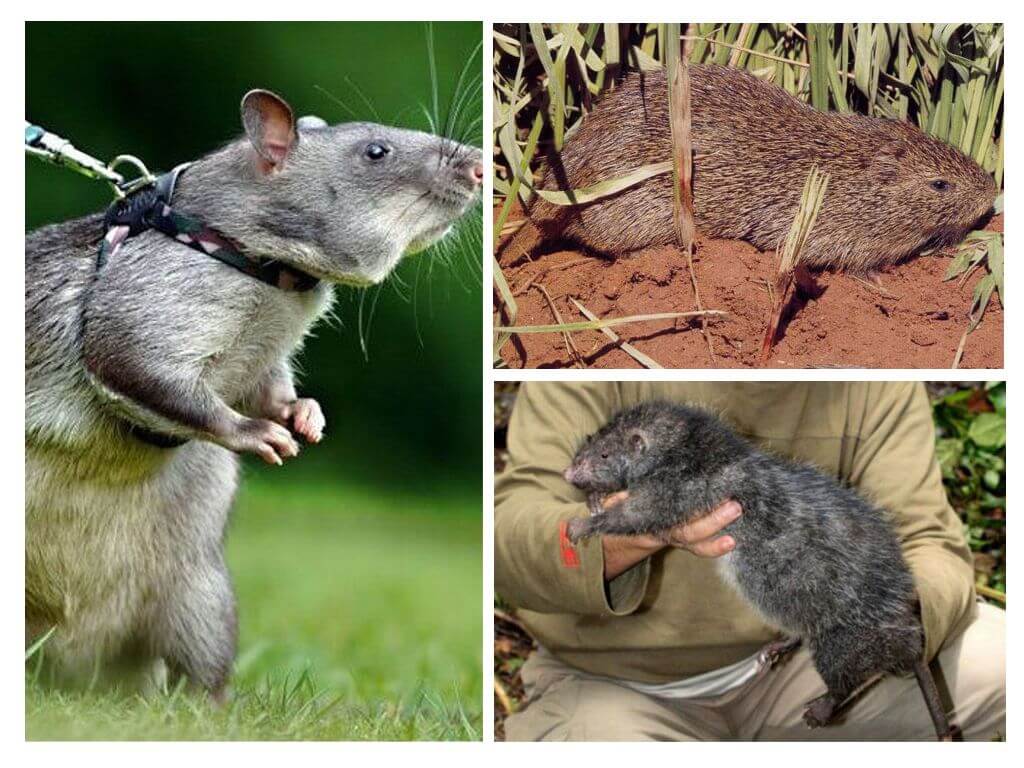
I heard that urban rat hunting is now in trend. Occupation is not quite legal, but useful. Maybe someday the identification of tracks will come in handy - to track where the rat went from the trash.
I don’t understand why to recognize these traces?
I so traced the prints, where I have rats settled in the yard. Found a nest and dealt with the whole family.
It will be necessary to observe in the winter whether there are any traces in my yard or not.
Traces are good in pictures only to recognize. And when you go out into the courtyard - there are all kinds of them mixed up, and go figure it out who left them.